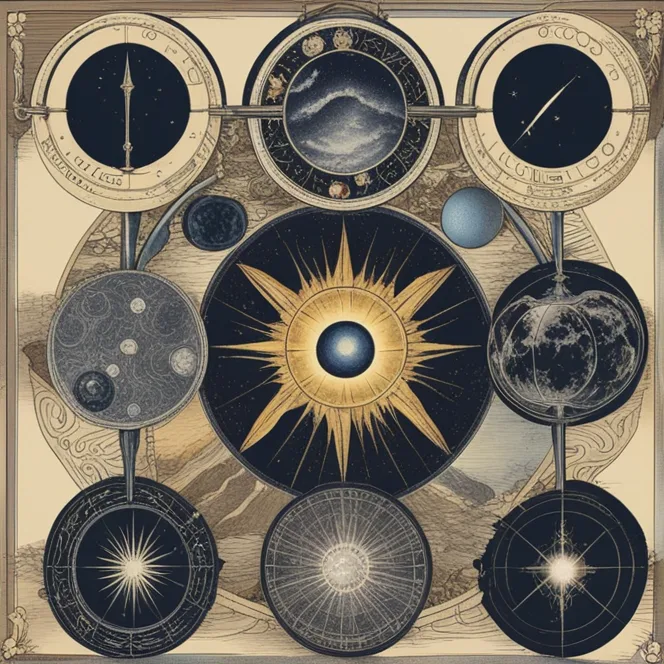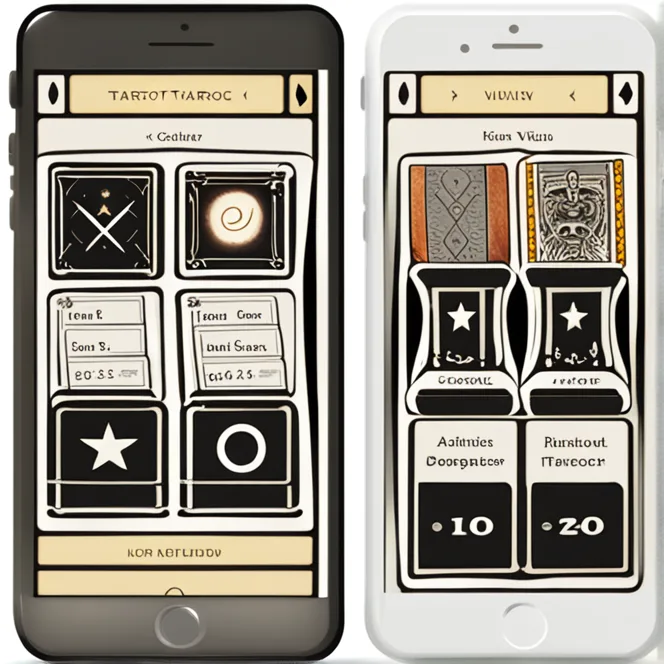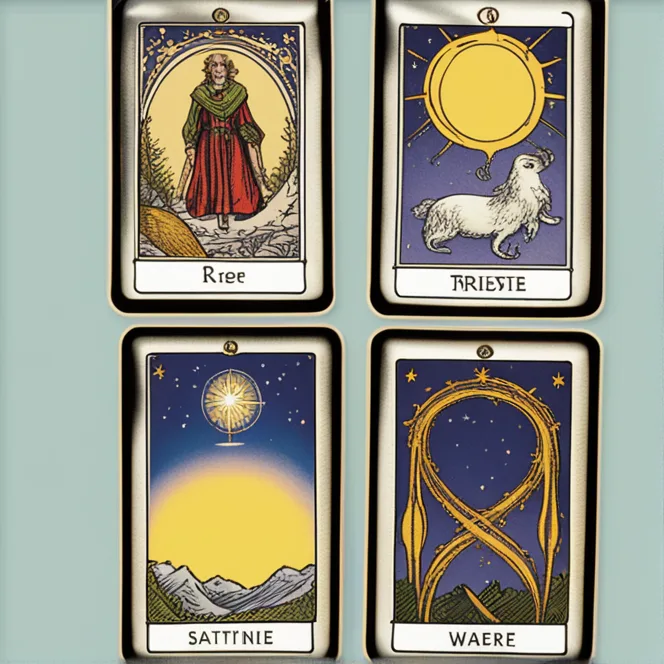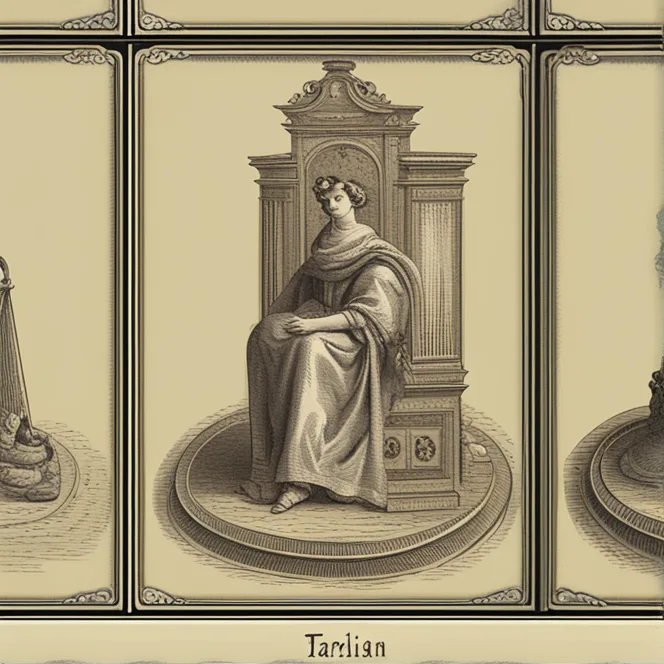
Tracing Back the Roots
The exact origin of tarot cards is shrouded in mystery, with numerous theories echoing through the corridors of history. While some believe they stemmed from the mystical symbols of ancient Egypt, others attribute their inception to medieval Europe. It is widely accepted, however, that tarot cards were not originally designed for divination but for playing a card game similar to bridge, known as 'tarocchi' in Italy, where they are believed to have first emerged in the 15th century.

Transition to Mystical Use
Although created for entertainment, by the 18th century, tarot cards began to acquire a mystical significance. Pioneering figures such as Antoine Court de Gébelin claimed that the cards hid deep esoteric knowledge. It was the Frenchman Jean-Baptise Alliette, who went by the pseudonym 'Etteilla,' who first popularized the use of tarot for divination. He developed a system of meanings for the cards that laid the foundation for their modern interpretation in fortune-telling and astrology.

The Golden Dawn's Influence
The 19th century saw a revival of occult interest that catapulted the tarot into the realm of mysticism. The Hermetic Order of the Golden Dawn, a secret society, was instrumental in integrating tarot into their esoteric teachings. Members like Arthur Edward Waite and Pamela Colman Smith created the iconic Rider-Waite tarot deck in 1909, which infused astrological elements relevant even for 2024 and beyond, sketching a cosmological framework still used by contemporary tarot enthusiasts.

Astrological Alignments in Tarot
Astrology and tarot often intertwine. Each card in the tarot can be associated with celestial bodies and occurrences, providing a richer and more personalized reading. For example, the Emperor card resonates with the assertive energy of Mars, while the Hermit aligns well with the introspective nature of Virgo. Forecasting with tarot in 2024, one might draw the Star card during Aquarius season to signify a time of hope and inspiration guided by Uranus, Aquarius's ruling planet.

Contemporary Tarot and its Seamless Integration
Today, tarot cards are seamlessly integrated into popular culture, often appearing in digital formats and as smartphone apps. Contemporary tarot decks are diverse, reflecting the multiplicity of modern life, inclusive of different cultures, identities, and artistic expressions. Advances in printing technology and the surge of independent creators through crowdfunded platforms have allowed for a vibrant exploration of tarot card themes and interpretations, ensuring their relevance in the years to come.
Published: 12/15/2023
Modified: 12/18/2023
More predictions
Come back here soon to learn more about yourself and your future


First Steps In Tarot Reading
Indulge in the basics of tarot reading with simple spreads for beginners.


The Meanings Behind Tarot Cards
Delve into the rich symbolism and significance of tarot cards and their meanings across the Major and Minor Arcana.


The Tarot Pentacles Suite
Delve into the rich symbolism of the Tarot's Pentacles suit and its implications for wealth, prosperity, and life lessons.